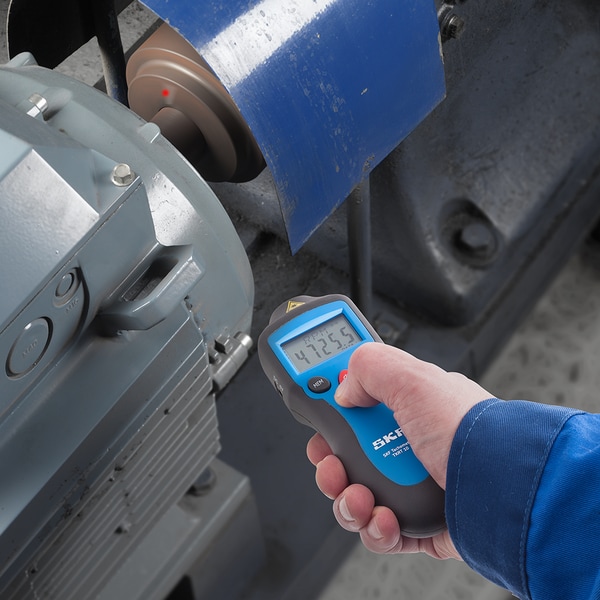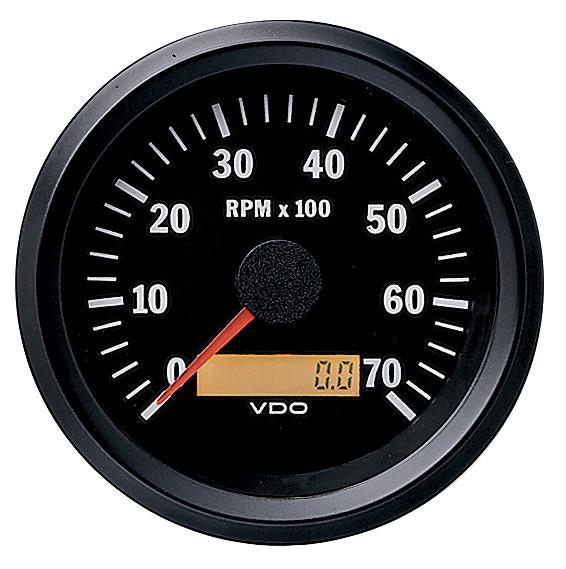Tachometer Basics: Whatever You Required to Know for Accurate Readings
The Importance of a Tachometer in Keeping Track Of Engine Speed and Performance in Automotive Applications
In the realm of auto engineering, the tachometer stands as an essential tool in the vehicle driver's toolbox, offering a straight home window right into the internal functions of a car's engine. Beyond its function as a simple scale of transformations per minute (RPM), the tachometer serves as an important device for lovers and experts alike, supplying real-time understandings into engine efficiency and wellness.
Value of Checking Engine RPM
Monitoring engine RPM, or revolutions per minute, is an important facet of automobile upkeep and performance assessment. Engine RPM directly associates with the rate at which the engine's crankshaft rotates, suggesting just how quickly the engine is running.
Furthermore, monitoring engine RPM is crucial for performance assessment in racing and high-performance cars. Keeping optimal RPM degrees is critical for achieving peak power result and acceleration. Racers often utilize tachometers to guarantee they are operating within the ideal RPM array for optimum efficiency. In summary, monitoring engine RPM is not only vital for discovering concerns but likewise for enhancing engine performance in numerous automobile applications.

Advantages of Real-Time Data
In vehicle applications, real-time data plays a vital role in providing instantaneous understandings into the performance and condition of the automobile. By constantly keeping track of numerous criteria such as engine speed, temperature, gas intake, and a lot more, real-time data supplies various benefits that contribute to boosted performance and safety and security when driving.
Additionally, real-time data assists in performance optimization by giving instant feedback on driving routines and engine effectiveness. Drivers can readjust their actions in real-time based on this info to achieve much better fuel economic climate and lengthen the life expectancy of their vehicle.

In addition, real-time data plays an important role in modern-day vehicle diagnostics, making it possible for service technicians to promptly diagnose and resolve malfunctions. This results in decreased downtime, reduced upkeep expenses, and eventually, enhanced general automobile integrity and longevity (tachometer). By utilizing the power of real-time information, auto stakeholders can make informed choices that favorably influence both the performance and long life of the vehicle
Influence on Gear Shifts
The tachometer plays an important role in maximizing equipment changes by supplying real-time engine rate data to the driver. When coming close to the redline on the tachometer, it indicates the vehicle driver to upshift to prevent over-revving the engine and creating potential Home Page damage.
In addition, the tachometer aids in achieving smoother gear changes, particularly in hand-operated transmissions. By keeping an eye on engine rate, drivers can carry out equipment shifts at the ideal RPM range, decreasing snagging activities and reducing endure the transmission components. This accuracy on duty changes not only boosts driving comfort yet also adds to fuel efficiency.
Enhancing Fuel Effectiveness
Provided the vital role the tachometer plays in maximizing gear changes for performance and engine health and wellness, it directly adds to making the most of fuel performance in automobile applications. By providing real-time feedback on engine rate, the tachometer helps motorists in preserving the most reliable RPM array for fuel economic climate. When chauffeurs consistently keep an eye on the tachometer and readjust their motoring habits accordingly, they can avoid unnecessary gas consumption triggered by over-revving or hauling the engine.
Furthermore, the tachometer assists vehicle drivers determine the most fuel-efficient equipment to be in at any kind of provided moment, preventing the engine from functioning more difficult than required. In conclusion, the tachometer offers as a valuable device in enhancing fuel efficiency by promoting ideal driving habits and identifying locations for improvement in the vehicle's efficiency.

Maximizing Engine Longevity
The tachometer's duty in checking engine rate and efficiency is crucial in guaranteeing the longevity of vehicle engines. Checking the tachometer allows vehicle drivers to remain within the recommended RPM array official statement for their automobile, avoiding unneeded pressure on the engine and prolonging its lifespan.

Verdict
Finally, the tachometer plays an important role in monitoring engine rate and performance in vehicle applications. By providing real-time information on RPM, it enables for effective equipment changes, improved fuel performance, and made the most of engine longevity. This tool is necessary for maintaining ideal engine efficiency and making sure the overall functionality of a vehicle.